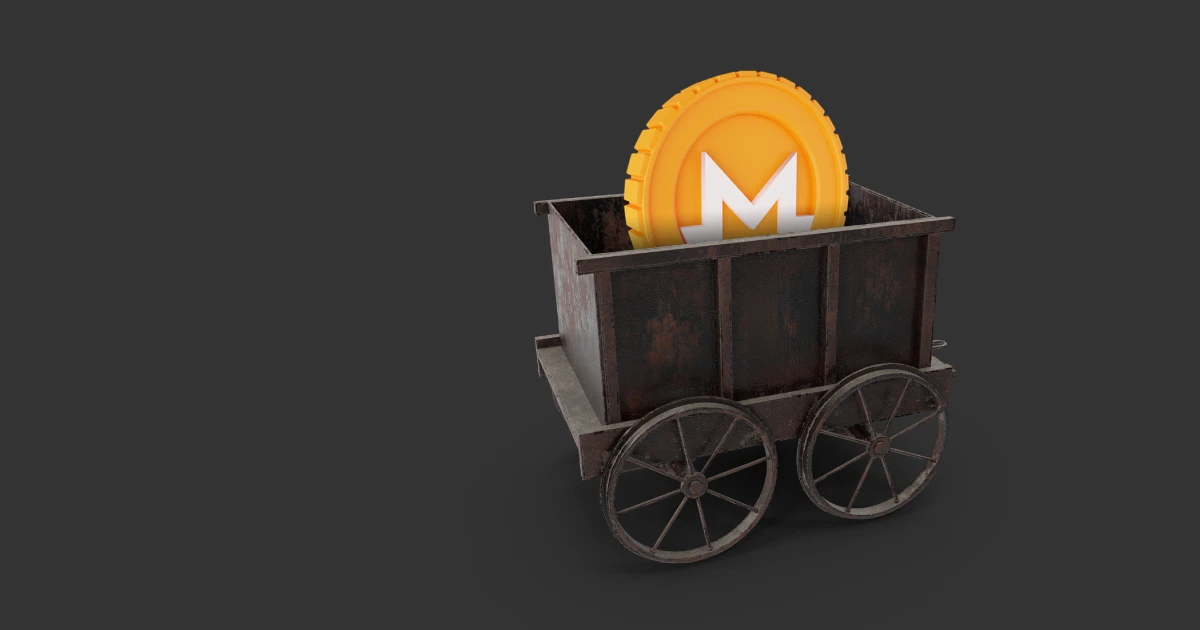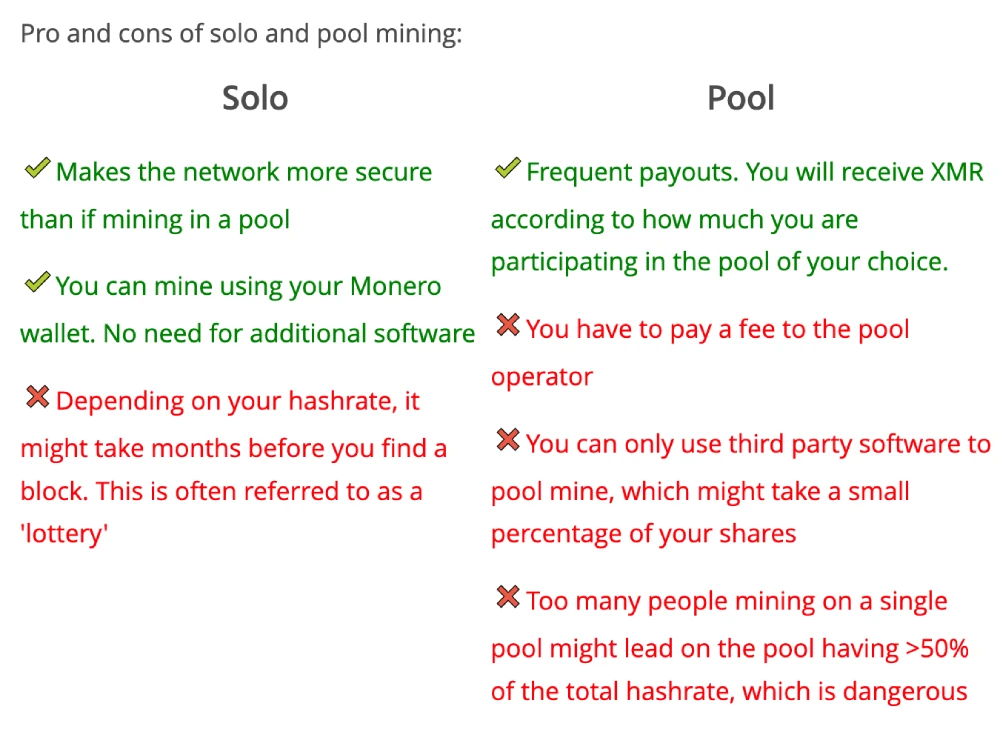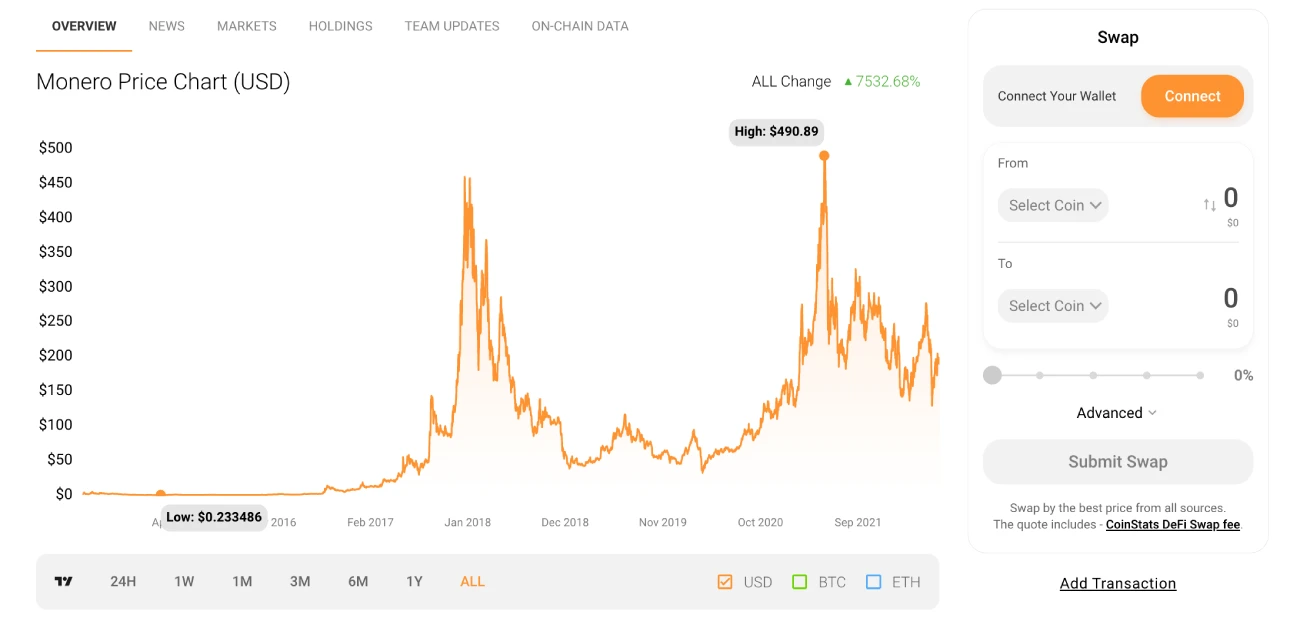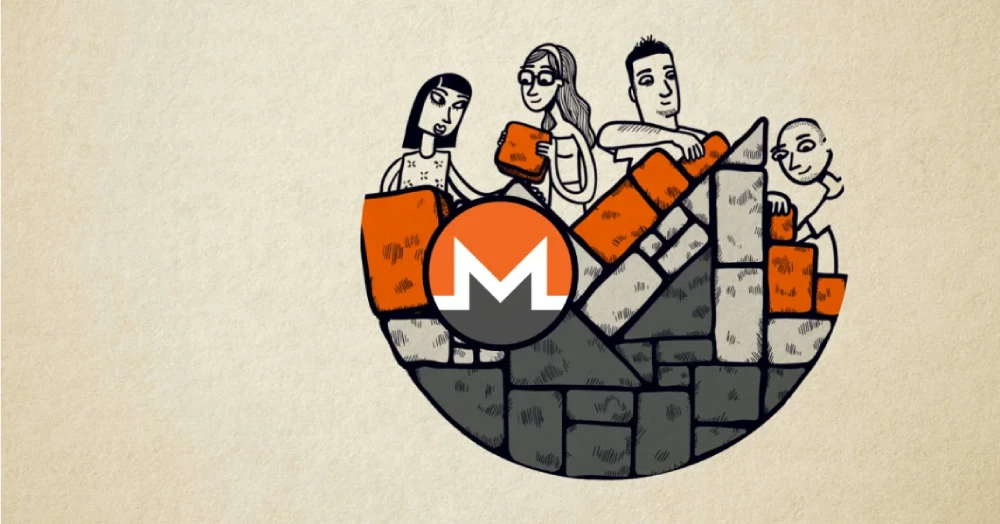The process of cryptocurrency mining allows individuals to create and verify cryptocurrencies. A large, distributed network of computers is required to crypto mine. This helps safeguard and verify the blockchains that store cryptocurrency transactions.
New coins are awarded to miners who contribute their processing power. As miners are responsible for securing the blockchain, new coins will be awarded to miners. The coins also encourage miners and other users to contribute their processing power in order secure the network.
The idea of mining cryptocurrency was not well known until recently, when crypto geeks and other crypto enthusiasts gained a reputation for being able to create complex blocks and solve complicated puzzles. The rest of the world was in a state of confusion as these miners worked to support a completely new way of financing. These miners were suddenly regarded as top earners and a new breed of geniuses when Bitcoin’s value rose in 2016.
Although many people showed interest in mining cryptocurrency, they were not able all to participate due to high investment requirements. Many thought the exclusive nature of the crypto mining opportunity was disappointing, given that it is meant to be distributed and available to everyone.
Monero, an anonymous, decentralized and secure crypto network decided to find a solution in light of the dissatisfaction. By 2019, the Monero community managed to develop a new algorithm that allowed anyone with a computer to engage in mining activities and earn rewards — a step in the right direction for decentralization and fair accessibility.
You will find everything about Monero in this article: its history, uses, benefits, mining methods, and the reasons why Monero is so important. Also, you will find information about buying Monero as well as expert predictions on the value and potential of Monero’s network.
Monero: What is it?
Monero (XMR), a well-known open-source cryptocurrency, focuses on privacy and decentralization. Monero’s transactions can be seamless thanks to community-funded volunteers and donors.
XMR achieves distributed consensus by using the Proof-of-work (PoW), mining method. While it may look similar to Bitcoin in many ways, XMR is unique because it implements PoW which allows hobbyist miners to start mining using a simple CPU.
Monero developers have been trying to keep ASICs and other specialized machines away from the mining scene to maintain and improve Monero’s decentralization.
RandomX has replaced the CryptNight algorithm for hashing. This was due to a planned upgrade in November 2019. RandomX, a PoW algorithm which discourages ASICs but penalizes those who use GPUs, is called RandomX. If you are looking to mine Monero, then CPU mining is the best option.
Monero remains among the 30 most valuable coins in the market despite regulatory pressures. Its market capitalization is more than $5 billion.
Monero, one of few cryptocurrency that allows digital transactions without being affected by regulations and capital controls is Monero.
Let’s have a look at the main privacy-enhancing technologies used by Monero:
Signatures for rings
Monero’s Ring Signatures technology mixes the digital signatures of the person making an XMR transaction with that of other users before creating a record on the blockchain. Data appears to be sent by all the signers.
In 2019, default Monero transactions are recorded by adding 10 signatures each to the transaction groups, resulting in a total of 11 signatures.
RingCT
Monero uses Ring Confidential Transactions to conceal the value of transactions that are recorded in blockchain. The Monero network uses this to ensure that nobody other than the recipient and sender knows how much is being transferred by Monero transactions. RingCT allows transactions to have multiple inputs and outputs while protecting users’ anonymity and preventing double-spending.
Stealth addresses
Monero’s Stealth Addresses allows users to publish a single address that creates multiple one-time accounts for each transaction. The owner will have a secret “view key,” and their wallet can identify incoming funds by scanning the blockchain to find transactions with that particular key.
Use Monero (XRM).
Monero, also known as XRM (crypto coin), is an anonymous and secure cryptocurrency that allows for quick transactions.
Monero is a tool that helps companies keep their financial information private in the face of increasing financial crime.
Monero offers privacy to individuals looking for protection from Facebook or other big data mining companies, such as Facebook. They may also be able to sell their data without their consent and keep the profits.
In a world free from financial crimes, a transparent public ledger is ideal. However, in today’s world, knowledge about salaries and revenues of individuals and companies is an open invitation to international crime.
XMR transactions made on Monero are protected and private thanks to miners and PoW. This prevents financial frauds, and other crimes.
Monero Mining – What’s it all about?
Monero mining refers to the process through which users can earn XMR coins as a reward for verifying transactions on Monero’s blockchain. Monero mining allows miners to create new XMR coin using Monero’s mining software.
Monero mining is the operation of miner’s equipment. Monero miner are network administrators and supervisors, validating all XMR transactions. Blocks, which are digital files that store transactions after they have been verified and validated are created. Monero miners solve difficult puzzles using the PoW method to create these blocks. Monero miners are rewarded for solving the problems by being able to add the blocks to the network.
Why Are Monero Miners Important
As miners, they act in the place of centralized authorities or institutions which would normally manage transactions and monetary deals in traditional finance. Therefore, it’s fair to say that miners are the backbone of the Monero network.
Monero miners validate and authorize transactions to allow users to trade value using the blockchain. To create new Monero blocks, they solve complicated equations and solve puzzles. Block rewards are also a key component of the supply and demand for coins.
Double-spending is also solved by Monero mining workers
After being collected, a set of transactions time-stamped is sent to a miner. Each block in a new block can be linked to the last one using cryptography. This creates an immutable chain. The blockchain is used by miners to verify the legitimacy of transactions. The debit and credit are also noted down in the sender’s and receiver’s wallets, respectively, so the sender cannot possibly spend the coins again.
Why Mine Monero
These are two reasons people choose to begin Monero mining.
Fairness in the Mining Process
Monero community members and Monero developers have developed RandomX which is an ASIC resistant PoW algorithm. RandomX prohibits miners from using specialized hardware to mine Monero. This makes the process more accessible to miners with only consumer-grade hardware.
Encouragement for Mining
There’s no limit to the supply of Monero available for mining, as might be the case with other cryptocurrencies like Bitcoin.
The Monero will continue to generate 0.6 XMR per year through tail emissions, after miners have discovered 18.132 million XMR tokens. This method will continue to keep miners engaged even when the total XMR supplies are exhausted.
Monero mining is possible every two minutes. Once the tail emission mechanism has been activated, in May 2022, the block reward will be 0.6 XMR.
Tradability
The XMR obtained from mining is easily traded directly for fiat via major exchanges. Monero can easily be traded for Bitcoins (BTC), making it a more cost-effective way to accumulate a Bitcoin position. It is possible to sell your BTC to cash and earn money indirectly.
Here are some things to remember before you start mining Monero
These are the things that prospective miners should consider before starting to mine Monero.
Profitability
Since mining is a type of business, an interested miner should think about XMR’s profitability before investing time, money, and effort in the mining process.
Mining XMR doesn’t require costly hardware, so the mining profitability of Monero only depends on the electricity cost, pool maintenance fees (if applicable), and mining hash rate.
Hash Rate
Monero’s RandomX supports mining with CPUs. Mining is time-based, so the more powerful your CPU, the better the hash rate, which makes the process of mining smoother.
Hardware and Software Choices
You must first decide what hardware and software to use for mining Monero before you can proceed. Your hardware and software must be compatible to ensure the success of the mining process — each will have different effects on the profitability and hash rate of Monero mining.
How to Mine Monero

Here are two ways you can mine Monero.
- Monero mining using a CPU
- Monero Mining using a GPU
Monero Mining using a CPU
Although CPU mining can be less lucrative than advanced mining equipment it is more affordable and accessible for most miners.
Since the development of RandomX, Monero’s CPU-friendly algorithm, anyone can mine Monero using their computer’s CPU. RandomX gives smaller retailers the chance to compete with larger-scale miners and maintains decentralization of Monero mining.
You can use almost any CPU for mining Monero, but if you’re considering buying a new CPU, select either you can choose from the following options:
- Intel Xeon L5640 (130 h/s).
- AMD Opteron (415 H/s)
Once you have set up the CPU that is best suited for mining Monero cryptocurrency, it will be necessary to install mining software such as XMRSTAK-CPU. The universal stratum pool miner is compatible with Windows, macOS and Linux.
Monero Mining using a GPU
Moner’s recent adoption of RandomX has made CPU a preferred option for mining Monero by discouraging and penalizing those who use a Graphics Processing Unit (GPU). GPU mining is still preferred by many because it’s a more efficient method of mining with a greater hash rate.
- Choose your Hardware
Nvidia, AMD and AMD are the two main GPU producers.
The following options let you choose from an Nvidia Graphics Processing Unit or AMD Graphics Processing Unit:
- Nvidia GTX 1070 (550 H/s).
- Nvidia GTX 1080 (600 h/s)
- AMD R9-280x (500 HP/s).
- AMD Radeon Rx580 (575 H/s).
You can use an existing CPU to mine Monero using the RandomX algorithm or purchase a brand new CPU.
Here are some popular XMR-supported mine devices:
- AMD Threadripper 3990X
- AMD Ryzen 9 3900X
- Intel Core i9-10900K
- Pick a program that works with your hardware
Monero’s mining software will need to be compatible with your hardware. This will ensure that you are mining efficiently.
If you’re mining solo, you can use a CLI or GUI wallet with a CPU only. You will require dedicated software to mine with either a GPU, or a pool. Below are some software options to support Monero mining.
The setup process of each software is dependent on which mode you are mining with and what hardware you select. Mining will succeed if both the hardware and the software can be configured correctly.
- Select a wallet
When choosing a wallet to store your Monero you should ensure it is safe, secure and compatible with your browser. It also needs to support XMR tokens. CoinStats is a good option for Monero wallets.
Your XMR assets can be viewed and monitored in a very simple format with the CoinStatsWallet. So that tokens acquired are easily credited to your CoinStats account, the CoinStats wallet can be linked directly to CoinStats’ exchange. Transfer your coins directly to your wallet. You can export your CoinStats keys for safe storage. CoinStats supports over 220 crypto currencies. You can also use the CoinStats wallet to purchase XMR, and then trade it for any other cryptocurrency.
By syncing your bank card with your CoinStats wallet, you can also buy XMR easily using fiat money — if you choose to buy Monero instead of mining, you’ll be able to find the steps for buying XMR later in this article.
- Set up the Mining Software
Configuring software is the last stage in mining Monero. Configuring the software is the most important step and requires the miner to pay attention. After the software is correctly configured, you are able to sit back and watch the XMR tokens mine and arrive in your wallet.
Monero Mining’s Advantages
Here are some key benefits of Monero mining.
- With many big cryptos like Bitcoin, miners who possess ASIC hardware have a competitive edge over those who don’t. Monero’s mining algorithm, on the other hand, is ASIC-resistant, thereby ensuring fair competition among all participants of the Monero mining process.
- Monero’s algorithm encourages more participation in the XMR mining process. Monero can be mined by anyone with a computer, without the need for a large or expensive investment.
- Monero’s block size is adaptive, i.e., it can expand automatically when transaction volumes increase. Double verification can cause transaction times to rise for some recipients. This is where the adaptive block size comes in handy.

Monero Mining: The Challenges
Monero mining has many attractive points. However, you must also consider all the risks.
- Monero’s network is controlled by two or three mining pool, each accounting for approximately half the hashing capacity.
- There aren’t many Monero wallet options to choose from, considering the complexity or simplicity of the user experience. (Of course, once you discover the simplicity and convenience of a CoinStats wallet, you won’t want to look much further!)
Is Monero Mining Worth It
It is difficult and time-consuming to mine cryptocurrency. For Monero, in particular, many don’t consider mining a worthwhile process as anyone can conveniently buy it on a crypto exchange without any hassle. Monero mining can have its advantages, but miners are likely to lose their money due to high electricity prices and the cost of hardware and cloud-mining services.
In summary, buying Monero via a crypto-exchange is a more convenient option than mining.
Monero Where can I Buy It?

When choosing a cryptocurrency exchange, it is important to consider these key points:
SecurityReliability: You must ensure the chosen exchange is reliable. Also, ensure you verify the link to make sure that it works correctly.
Offer of assets and support for paymentXMR tokens should be offered by the crypto exchange you select. You should be able to pay with the method that you prefer to pay. You can pay by bank transfer or credit card, but the exchange needs to accept your debit card. To acquire XMR by trading other cryptos, ensure that you confirm the support of those pairs.
You can buy monero with CoinStats.
CoinStats features the following:
- Monero can be purchased on a reliable cryptocurrency exchange.
- Secure crypto wallet to store your XMR tokens.
- You can track your crypto portfolio and check its price to make informed investments.
CoinStats also provides informative content like “How to Buy Cryptocurrency” and “What is DeFi” for crypto beginners and potential investors.
Monero: How do you buy it?

Here are the three steps to buying Monero.
- Register for an accountAfter filling out your KYC, you’ll need to open an account with a crypto-exchange. After your KYC details have been verified you can start trading Monero or other cryptos via the exchange.
- Connect your wallet or set it up: If you don’t already have a wallet, you should (optional) create one to have a secure place to store your XMR tokens when you acquire them. If you already possess a crypto wallet, you can just connect it to the exchange, and you’re all set to start buying.
- Place your order:Once you’ve set up your wallet and account, you can start looking up Monero on the exchange. A limit order can be placed for XMR. Simply select the amount of tokens that you want to purchase and the price per token. Your order will be completed if the price of XMR reaches the desired amount. The tokens will then reflect in your wallet.
Is Monero a Good Investment
Monero’s current price of $199.10 is as of June 3, 2022. It has a daily trading volume of approximately $146 million. Monero is ranked 27th on CoinStats with a market cap of $3 billion, a circulating supply at 18 million XMR and a ranking of #27.
Following are some of the expert price predictions for Monero’s XMR token:
The digital coin price
Digital Coin Price predicts that Monero’s price will continue to rise through 2022 to almost $430 by the year end, which would indicate that its growth potential could reach 56%.
Gov Capital
Gov Capital stated that Monero’s price could increase by more than 70% through the year, reaching the $350 price point in 2022. Gov Capital analysts don’t predict downward trends for XMR and consider Monero to be a profitable investment.
WalletInvestor
WalletInvestor expects Monero to remain at its current price level for a very long time. XMR will reach a peak of $360 in mid-2022 and may increase to $320 at the end.
TradingBeasts
Analysts at TradingBeasts are confident that XMR won’t crash and has good growth potential. TradingBeasts estimates that XMR could grow at around 110% within three years. Monero prices could reach as high at $360 in 2022, and $500 in 2023.
Monero market risk will determine whether or not you mine it. Despite the positive XMR forecasts, investors should continue to monitor charts for a while before investing.
Closing Thoughts
Monero mining works for everyone, since the algorithm doesn’t need special equipment. Anyone can mine XMR tokens with a simple CPU and any other operating system.
You must assess the following factors before mining XMR alone: the profitability and hash rates in relation with the mining software and CPU hardware used; pool maintenance fees and energy consumption requirements.
Monero mining is an essential part of Monero’s security and verification process. Mining XMR can also increase token supply.
The best Monero miners software and hardware options are available to interested miners.
Even though the process of Monero mining is accessible to all and doesn’t require too much financial investment, the miner will still have to put in time and effort to solve the complex puzzles, complete blocks, and earn rewards.
Monero mining can be tedious compared with buying Monero directly on an exchange.
CoinStats is the ideal exchange to purchase and trade Monero. It also offers a secure wallet that can store XMR tokens. The CoinStats Portfolio Tracker can be used to track the performance of XMR tokens and other cryptos in your portfolio.
Overall, the price prediction for Monero seem mostly positive. However you must still conduct your own research and regularly monitor the charts before investing time or effort in mining Monero.
If you’re interested in mining Monero, you can start your journey by visiting the Monero website and saving this article for reference along the way.
Happy Monero Mining!